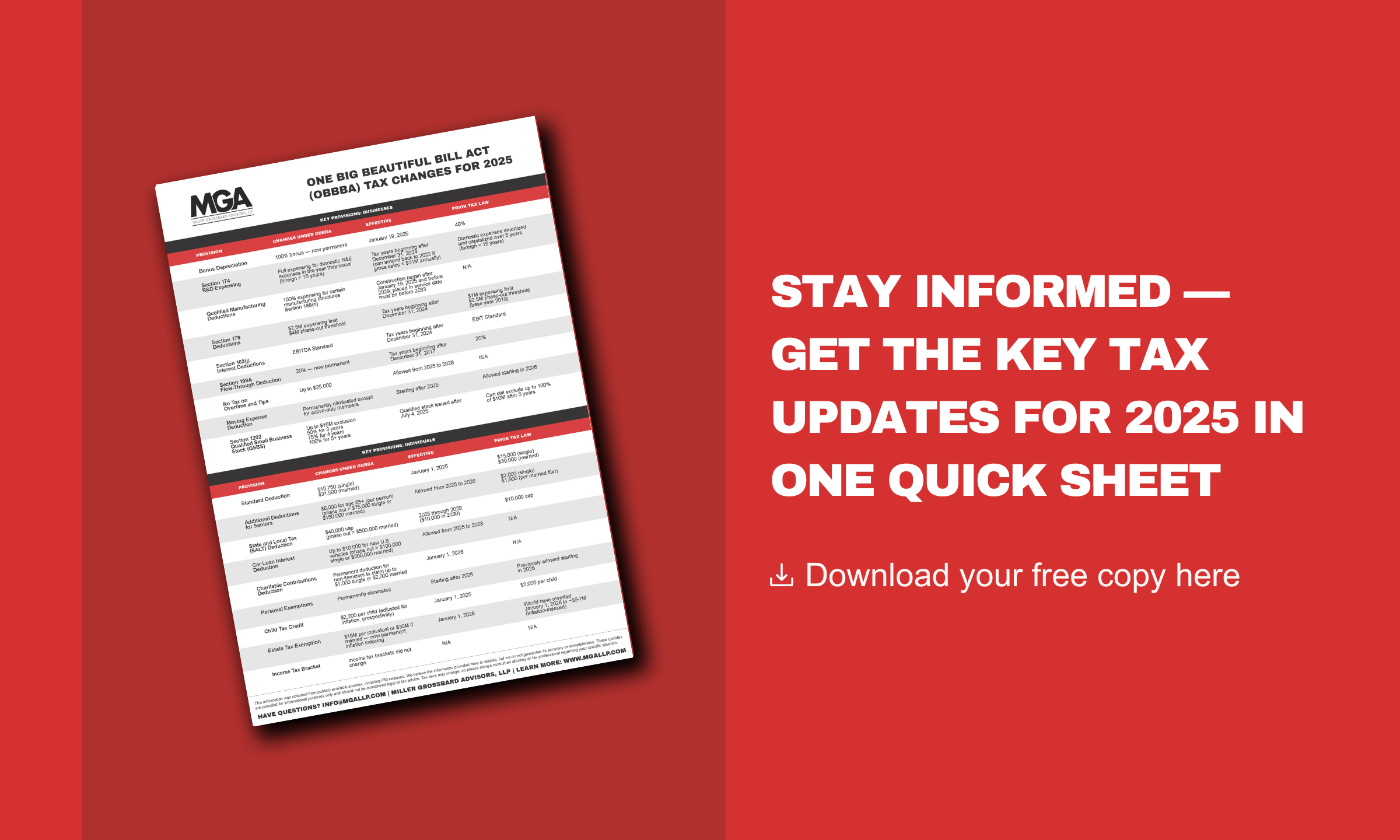Real estate is one of the most tax-advantaged industries, offering landlords the ability to deduct a wide range of expenses associated with rental properties. As a real estate investor, understanding how to take advantage of these tax breaks can help offset your rental income and reduce your tax liability.
Maximizing the after-tax profits of your residential rental property depends on your ability to understand and utilize the various tax deductions that are available to you. In this blog post, we'll explore just that — common deductions related to repairs or rehab that landlords can claim on their tax returns. By staying organized and informed, you can ensure everything is in order when it's time to file your taxes and take full advantage of the available deductions.
What Deductions Can I Claim for Repairs and Rehab on Rental Property? Here Are the Main 4 to Know About
- De minimis Safe Harbor Threshold
One of the best ways to maximize tax deductions for your residential rental property is by taking advantage of the de minimis safe harbor election. Under this election, landlords can expense fixed asset purchases that are under $2,500 per item or per invoice instead of capitalizing them. These items are typically recorded as repair expenses and are fully deductible in the year they were paid.
In residential real estate, this election can be particularly beneficial when it comes to small purchases such as ceiling fans, toilets, window blinds, and other supply-type items. Be sure to keep track of all your fixed asset purchases and take advantage of this valuable tax benefit. - Repairs and Maintenance Costs
As a landlord, you can deduct typical repairs and maintenance costs immediately, even if they're part of a larger rehabilitation project for your rental property. This includes expenses like drywall repairs, plumbing fixes, electrical repairs, and HVAC maintenance that don't rise to the level of improvements. You can generally expense maintenance-type expenses like painting and tub resurfacing, too.
However, it's essential to understand the difference between repairs and maintenance items, which can be expensed immediately, and improvements to the property, which usually must be capitalized and depreciated. It's a good idea to have a detailed conversation with your tax advisor about the different categories of expenses and how to properly categorize them on your tax return. With a better understanding of what can be expensed immediately, you can keep your rental property in top condition and reduce your tax liability at the same time. - Bonus Depreciation
Short-lived assets with a depreciable life of 20 years or less are eligible for bonus depreciation, which allows you to expense them in the year they are placed in service. The bonus depreciation rate is currently 80% starting in 2023 and will gradually decrease in the following years. This means that if you acquire eligible assets such as appliances, carpets, countertops, and cabinets before the end of 2023, you can expense them at the current rate in the current tax year. Other items with a short depreciation life, such as ceiling fans, window blinds, landscaping improvements, driveways, and fences, also qualify for bonus depreciation. Keep in mind that some items capitalized as improvements to the property may not be eligible for bonus depreciation, so it's important to differentiate between these capitalized improvements and the items that can be expensed as repairs (described in #2 above). - Partial Asset Dispositions
As a rental property owner, you may be able to claim a loss for the unrecovered basis in a partial disposition of real property. This means that when you dispose of a component of a rental property, such as a roof or HVAC system, you can take a write-off for the cost basis of the original asset that was removed and disposed of. To compute the amount of the write-off, our standard practice is to discount the replacement cost of the new asset using the Producer Price Index (PPI) back to the year the original asset was constructed.
For instance, if the replacement cost of a roof in today's dollars was $25,000 and the original roof was installed in 1995, we would discount that amount to the equivalent value in 1995 (based on the PPI) to determine the abandonment amount. This can result in significant tax savings for property owners. Keep in mind that this is just an example, and consulting a tax professional is recommended to determine your eligibility and the specific amount of the write-off.
We’re Experts in Real Estate Tax: Give Us a Call with Any Questions
Accurate and thorough documentation of all expenses related to your rental property is essential in order to properly categorize deductions and provide proof that the deductions are valid should the need arise. We also recommend seeking the assistance of a tax or legal professional if you require extra help to ensure that everything is in order. Remember, keeping detailed and organized records can make all the difference in maximizing your deductions and minimizing your tax liability.
As experts in the real estate tax field, we are here to help you make sure you are getting all the tax breaks available to you. Have questions? Reach out!
We are here to make the complex simple.
Subscribe Now!
Enjoy reading our articles? Click here to receive instant notifications as we publish new blog posts, videos, webinars, white papers, and more. Or, if you'd prefer monthly updates, you can subscribe here.
.png?width=191&name=mgalogofinal-01%20(3).png)




